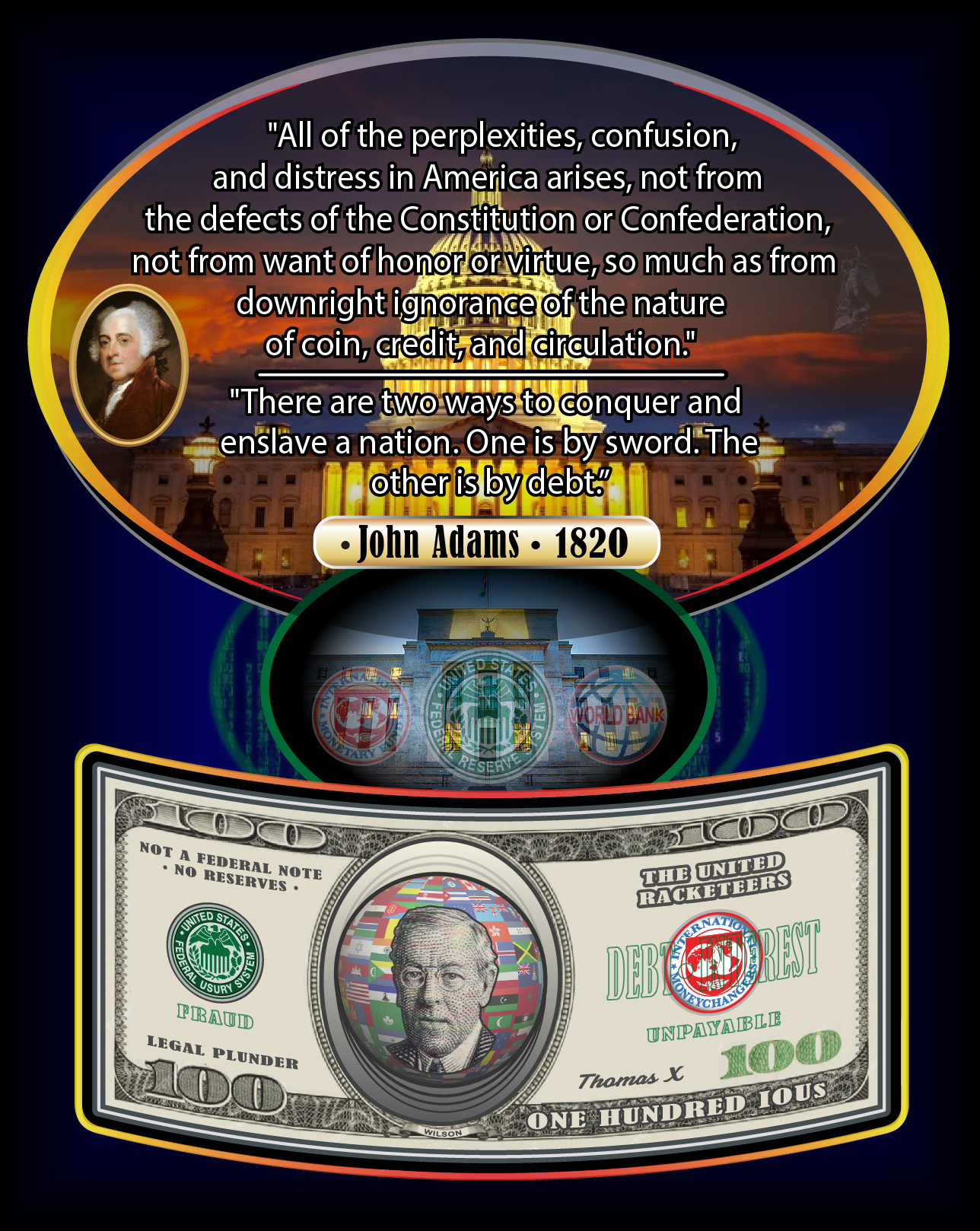In a world gripped by monetary shifts and geopolitical uncertainty, Ultra High Net Worth Individuals (UHNWIs) are on the move—not just physically, but financially. The latest migration trend isn’t to some exotic tax haven or flashy new asset class, but rather a strategic redirection of capital from the Euro to the U.S. Dollar (USD). But the path isn’t as straightforward as it used to be. Instead of converting directly to USD, many are flowing first into USDT (Tether) and BTC (Bitcoin)—stepping stones in the evolving monetary pipeline.
This behavior reflects an essential truth: global fiat currency reserves, especially those classified under M0, are undergoing a major transformation.
Understanding the Money Supply: M0 to M2
To grasp the significance of this shift, we must first understand the monetary aggregates:
- M0 (also known as the monetary base) is the most liquid form of money. It includes physical currency in circulation and reserves held by central banks.
- M1 includes M0 plus demand deposits and other checkable deposits. It’s money that can quickly be spent.
- M2 expands further to include savings accounts, time deposits, and money market funds—forms of money with slightly less liquidity but still easily convertible.
Globally, the movement is from M0 reserves—idle capital—to more functional forms like M1 and M2, as inflation, yield starvation, and banking uncertainty push capital to seek greater efficiency and utility.
Why Ultra Wealth Is Leaving the Euro
Europe’s economic stagnation, negative interest rate legacy, ECB interventionism, and rising political instability are eroding confidence in the Euro as a long-term wealth preservation vehicle. From German real estate to French bonds, many traditional European safe havens now look fragile.
By contrast, the U.S. economy, with all its flaws, still offers the deepest capital markets, reserve currency strength, and a surprisingly stable regulatory environment—especially for non-resident investors. The dollar remains the final exit ramp, even in a de-dollarizing world.
USDT and BTC: Bridges to the Dollar
While the dollar remains the endgame, the modern route passes through USDT and Bitcoin. Here’s why:
- USDT (Tether) is seen as a near-instant digital dollar. It offers liquidity, ease of cross-border settlement, and anonymity for large private transfers. Tether is now the most traded asset in the world by volume, outpacing Bitcoin.
- Bitcoin (BTC) serves as a temporary store of value, hedging against inflation, debasement, and capital controls. For UHNWIs in Europe, BTC is increasingly used as a portable bridge asset—convertible into USD, gold, or other assets on demand.
Together, these digital currencies serve as intermediaries in capital flight and reserve diversification strategies. They are not always the final destination, but they are indispensable in navigating the current financial terrain.
The Dollar Paradox During De-Dollarization
Even as BRICS nations promote de-dollarization and alternative trade settlements in local currencies or gold, private wealth continues to flow into the USD. This underscores a critical divide between state-level monetary policy and individual capital behavior.
Ultra HNWI portfolios are recalibrating not only away from the Euro but also away from traditional banking infrastructure. This reallocation reflects a loss of faith in central bank policy and fiat stability across the board—not just in the EU.
In the end, the U.S. Dollar isn’t dying. It’s evolving. And for investors who can see the trend lines beyond the headlines, the transition from M0 to M2—through USDT and BTC—is the blueprint for survival and success in the new financial order.
Invest Offshore offers access to strategic investment platforms in USD, BTC, and even gold-backed digital assets. Contact us to position your portfolio ahead of the curve.

Leave a Reply